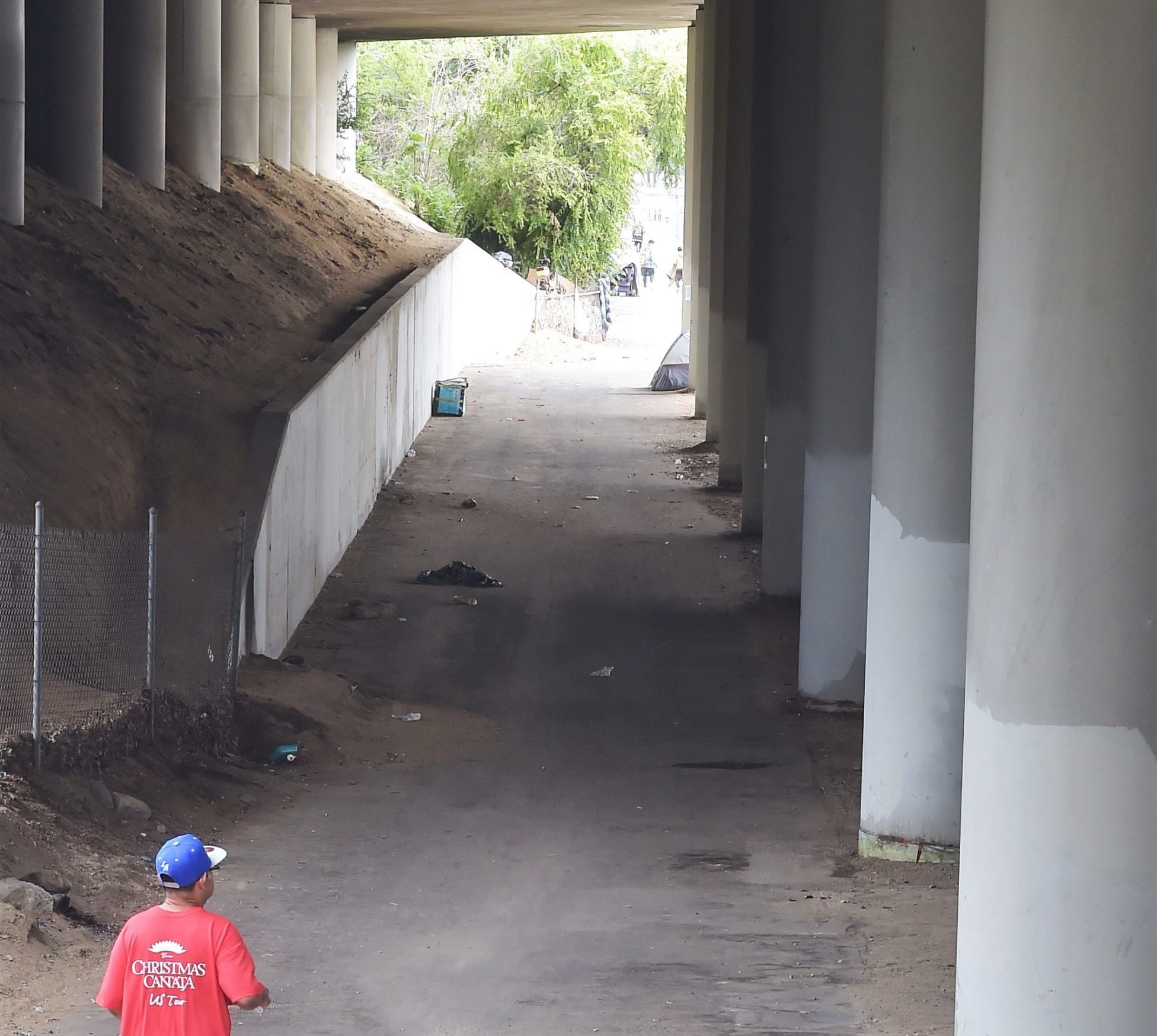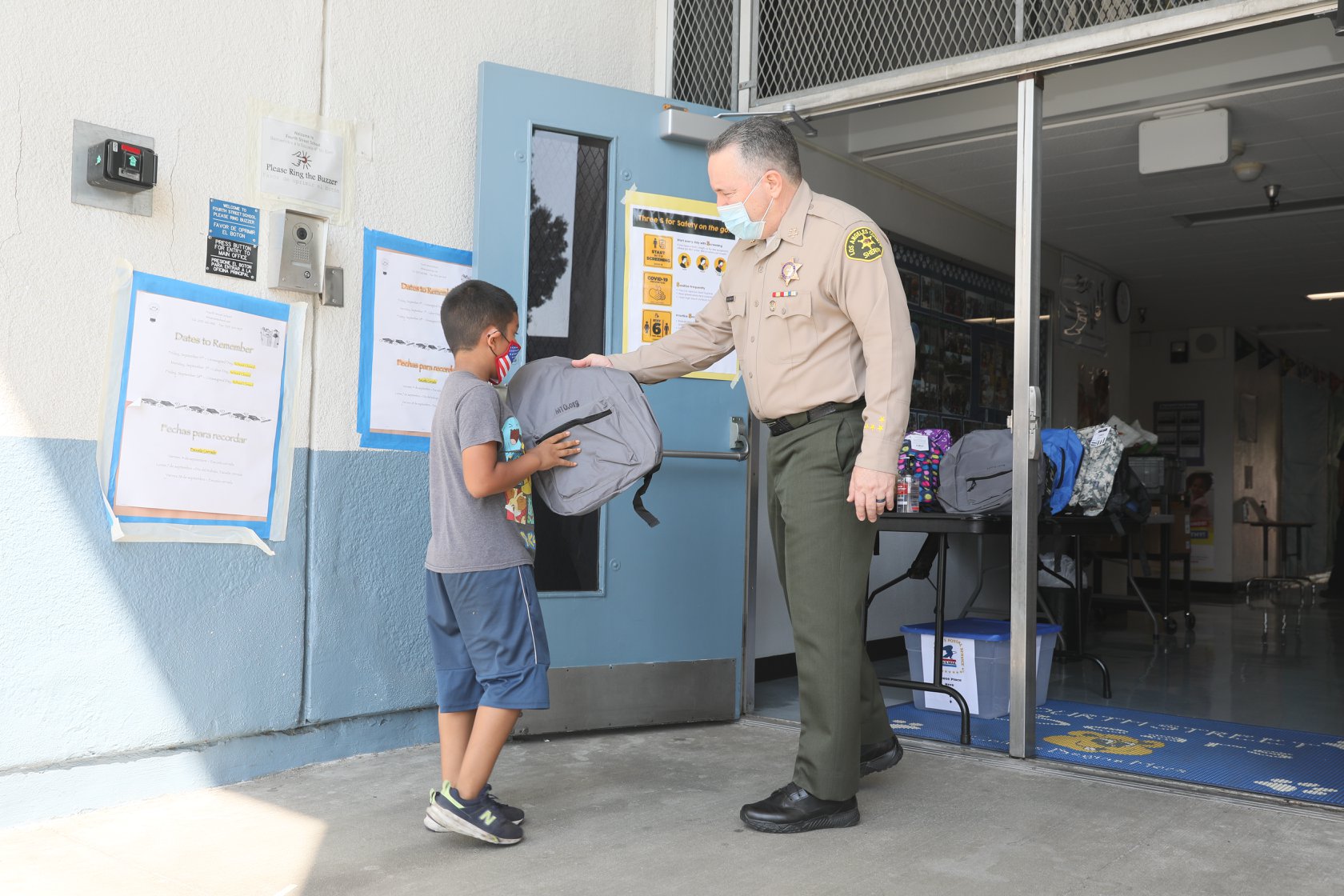Legislation that would direct the Department of Defense to identify and clean up contamination resulting from widespread use of a firefighting foam at Edwards Air Force Base and other U.S. military installations was introduced Tuesday.
The Clean Water for Military Families Act and the Filthy Fifty Act were introduced by Sens. Alex Padilla, D-Calif., and Kirsten Gillibrand, D-New York, to target military installations with some of the highest detections of per- and polyfluoroalkyl substances.
“The hundreds of contaminated military sites across the country jeopardize the health, safety and well-being of military communities who have suffered from exposure to PFAS pollution and toxic drinking water,” according to a joint statement issued by the lawmakers.
“The military’s heavy use of a firefighting foam, widely known as aqueous film-forming foam (AFFF), has resulted in widespread PFAS contamination around military sites. Yet no cleanup actions have been completed for the bases with the highest PFAS detections, harming the communities who live nearby.”
As of May 2020, California had 62 military facilities with a known or suspected PFAS release, according to the senators, who said the state has some of the most contaminated military installations in the country. They include Naval Air Weapons Station China Lake, Travis Air Force Base, Naval Air Station Alameda, Edwards Air Force Base and Vandenberg Space Force Base.
“Servicemembers, veterans and their families have made incredible sacrifices on behalf of our nation,” Padilla said. “We must honor their sacrifice by accelerating cleanup efforts to protect military families and their neighbors who live near these toxic sites. They deserve to drink clean water and live pollution free.”
The Clean Water for Military Families Act would require the DOD to conduct investigations and remediate PFAS contamination at and surrounding DOD installations in the U.S. and state-owned National Guard facilities. Specifically, the bill would authorize a one-time, $10 billion investment for the investigations and clean-up to ensure military families have access to clean, pollutant-free drinking water.
The Filthy Fifty Act would help expedite the testing, cleanup, removal and remediation of PFAS at all U.S. military installations and state-owned National Guard facilities by setting testing and cleanup deadlines for PFAS remediation at the most contaminated DOD sites in the country. The bill would establish a list of “priority installations” with 50 bases in the U.S. that have among the highest detections of PFAS.
“Although the Defense Department has known that toxic PFAS have been building up in the blood of service members and residents of defense communities for decades, the PFAS plumes flowing from these facilities have not been cleaned up,” said Scott Faber, the Environmental Working Group’s senior vice president for government affairs.
“Congress needs to give the Defense Department clear marching orders: Clean up PFAS pollution,” he said. “Thanks to the leadership of Sen. Gillibrand and Sen. Padilla, DOD will now have the deadlines and resources needed to protect our service members, their families, and their neighbors from these toxic `forever’ chemicals.”
In recent years, Congress has passed legislation requiring DOD to phase out the use of firefighting foams containing PFAS. While this is a vital step to ensuring DOD adopts PFAS-free alternatives going forward, it does not address DOD’s legacy pollution, according to Padilla.







